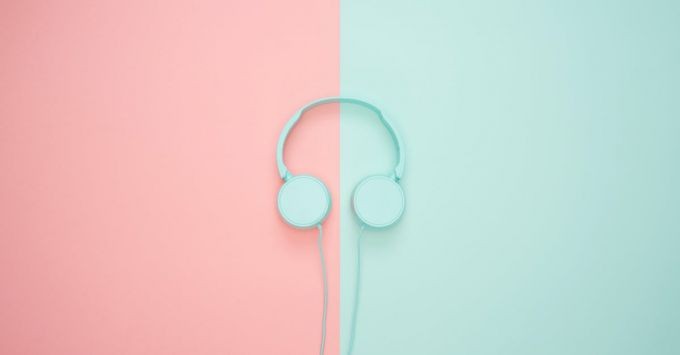In the competitive world of e-commerce, having high-quality product images is essential to attract customers and increase sales. When shopping online, customers heavily rely on visuals to make purchasing decisions. Therefore, it is crucial to optimize your product images to ensure they are visually appealing, fast-loading, and effectively showcase your products. In this article, we will discuss some key strategies for optimizing product images for your online store.
Choose the Right Image Format
The first step in optimizing your product images is to choose the right image format. The most common image formats for web use are JPEG, PNG, and GIF. JPEG is ideal for photographs as it offers a good balance between image quality and file size. PNG, on the other hand, is better suited for images with transparent backgrounds or simple graphics. GIF is mainly used for animated images or simple graphics with limited color palettes. By choosing the appropriate image format, you can ensure that your product images look their best while keeping file sizes small.
Compress Images Without Sacrificing Quality
Large image file sizes can significantly slow down your website’s loading speed, leading to a poor user experience. To prevent this, it is crucial to compress your product images without sacrificing quality. There are various image compression tools available that can reduce file sizes without noticeably affecting image quality. By optimizing your images for the web, you can improve your website’s loading speed and provide a smooth browsing experience for your customers.
Use Descriptive File Names and Alt Text
When uploading product images to your online store, it is essential to give them descriptive file names. Instead of using generic names like “IMG_1234,” use specific names that accurately describe the product. This not only helps search engines understand what the image is about but also improves the accessibility of your website. Additionally, don’t forget to provide alt text for your images. Alt text is a brief description of the image that appears when the image cannot be loaded. Including relevant keywords in your alt text can improve your website’s visibility in search engine results.
Optimize Image Dimensions
To ensure your product images look their best, it is crucial to optimize their dimensions. Each product image should have consistent dimensions throughout your online store to create a visually appealing and cohesive browsing experience. Additionally, make sure to resize your images to the appropriate dimensions for different devices. Mobile users, for example, may have smaller screens, so optimizing your images for mobile devices can enhance the user experience. By optimizing image dimensions, you can present your products in the best possible light and capture the attention of potential customers.
Consider Image Zoom and Multiple Angles
When shopping online, customers often want to examine products closely before making a purchase. To accommodate this, it is beneficial to provide image zoom functionality and multiple angles for your product images. This allows customers to zoom in on specific details and view the product from different perspectives. By offering these features, you can give customers a more comprehensive understanding of your products, increasing their confidence in making a purchase.
Conclusion
Optimizing product images for your online store is crucial for attracting customers and driving sales. By choosing the right image format, compressing images without sacrificing quality, using descriptive file names and alt text, optimizing image dimensions, and considering image zoom and multiple angles, you can create visually appealing product images that enhance the user experience. Remember, in the world of e-commerce, a picture is worth a thousand words, so make sure your product images speak volumes about your brand and products.





